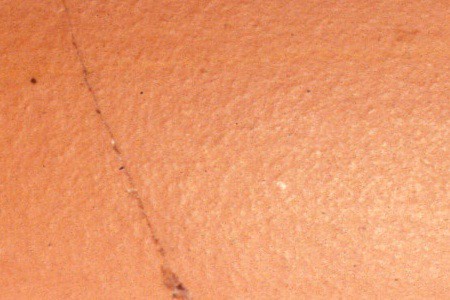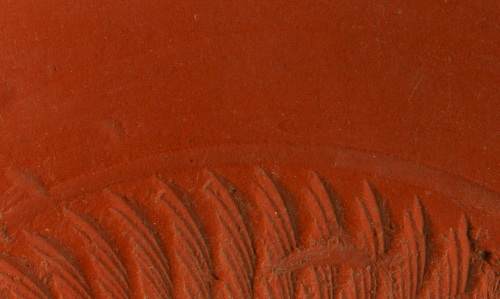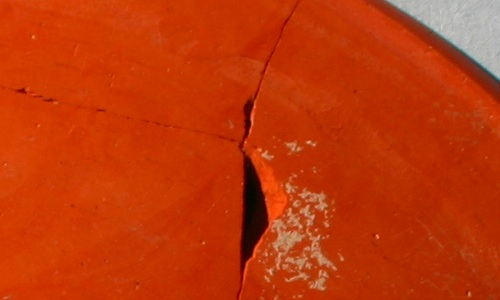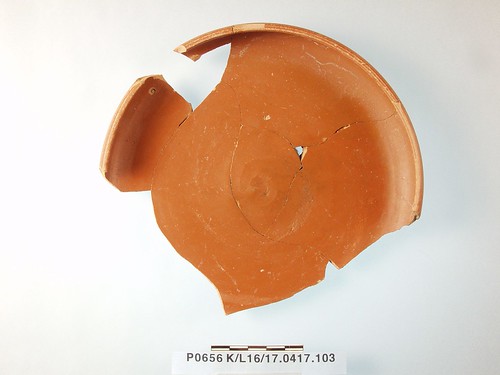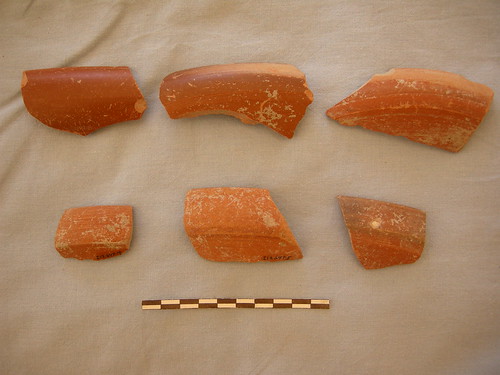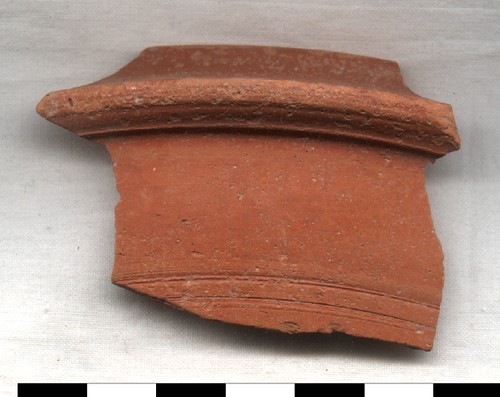[Romans 9:21] hath not the potter authority over the clay, out of the same lump to make the one vessel to honour, and the one to dishonour?
[Timothy 2:20] And in a great house there are not only vessels of gold and of silver, but also of wood and of earth, and some to honour, and some to dishonourI'm using Young's Literal Translation because it's out of copyright and because its approach is useful.
More complete in terms of its range of material culture is the following from the so-called Epistle of Mathetes to Diognetus:
See not only with thine eyes, but with thine
intellect also, of what substance or of what form they
chance to be whom ye call and regard as gods.
2:2 Is not one of them stone, like that which we
tread under foot, and another bronze, no better than
the vessels which are forged for our use, and another
wood, which has already become rotten, and another
silver, which needs a man to guard it lest it be
stolen, and another iron, which is corroded with rust,
and another earthenware, not a whit more comely than
that which is supplied for the most dishonourable
service?
2:3 Are not all these of perishable matter? Are they
not forged by iron and fire? Did not the sculptor make
one, and the brass-founder another, and the
silversmith another, and the potter another? Before
they were moulded into this shape by the crafts of
these several artificers, was it not possible for each
one of them to have been changed in form and made to
resemble these several utensils? Might not the vessels
which are now made out of the same material, if they
met with the same artificers, be made like unto such
as these?
That's the somewhat archaic sounding translation of J. B. Lightfoot as found on the excellent Early Christian Writings website. The Greek text is available from The Christian Classics Ethereal Library, which is also a terrific resource.
Many more such passages could be cited so take the above as just a small taste from an abundant feast.
